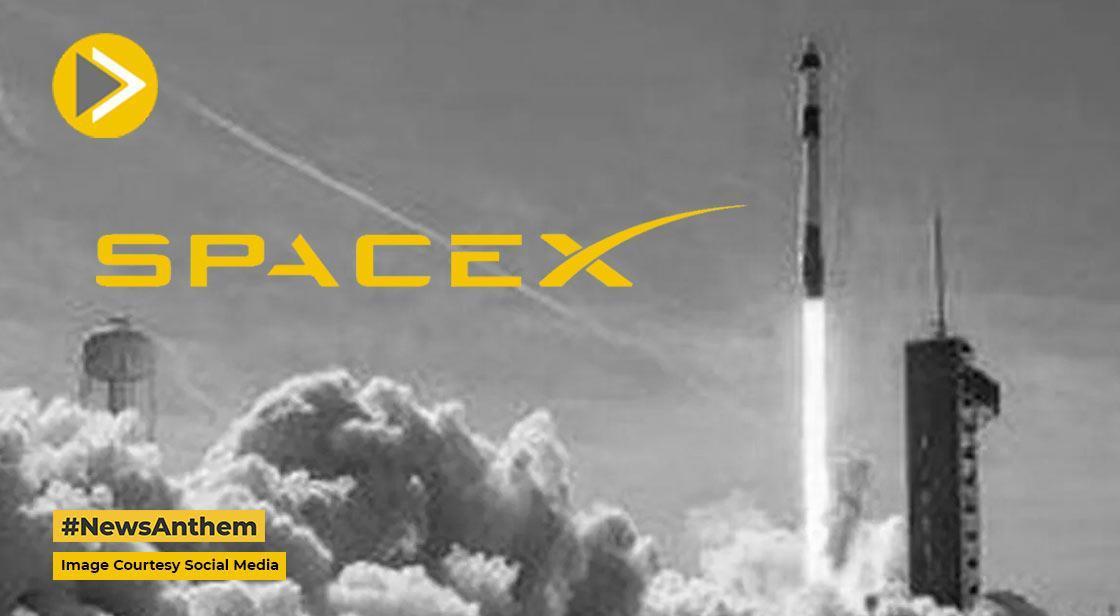SpaceX’s Starship Spins Out of Control After Passing Key Test Milestones

News Synopsis
SpaceX launched its towering 400-foot (122-meter) Starship rocket from the Starbase facility in Texas on Tuesday. The flight marked a major moment in the company’s Mars ambitions, as the rocket successfully soared past the stages where earlier launches had ended in explosive failure.
However, despite the promising start, the mission ended prematurely, raising new technical concerns for Elon Musk’s Mars-focused project.
Booster Fails to Splash Down as Planned
For the ninth full-scale test since April 2023, the Starship’s upper stage was launched into space atop a reused booster—a first for the program. But during descent, contact was lost with the 232-foot lower-stage booster, and instead of executing a controlled splashdown, it plummeted into the ocean.
Uncontrolled Spin and Satellite Deployment Failure in Space
After the booster loss, Starship continued briefly into suborbital space, but around 30 minutes into the flight, it began to spin uncontrollably.
The company also had to cancel the planned deployment of eight mock Starlink satellites due to a malfunction in the rocket’s dispenser, designed to work like a “Pez” candy dispenser.
“Not looking great with a lot of our on-orbit objectives for today,” said SpaceX broadcaster Dan Huot during the live stream.
Musk Blames Leak, Promises Faster Launch Cadence
Elon Musk, who was expected to speak on "The Road to Making Life Multiplanetary" following the launch, delayed his appearance. However, he later posted on X (formerly Twitter):
“Lot of good data to review,” he said. “Launch cadence for next 3 flights will be faster, at approximately 1 every 3 to 4 weeks.”
Musk attributed the loss of control to a leak in Starship’s primary fuel tank, though he celebrated the rocket’s successful engine shutdown in space—a repeat of last year’s testing milestone.
Starship: A Crucial Element in NASA’s 2027 Moon Plans
This mission was designed to test new heat shield tiles and revised flaps meant to support a controlled reentry and splashdown in the Indian Ocean. Unfortunately, the rocket was seen burning across the southern African sky, bringing another delay to NASA’s goal of using Starship for a 2027 moon landing.
FAA Involvement and Safety Concerns
After two earlier explosive failures in January and March 2025, federal regulators had grounded the program. The FAA only recently cleared this flight, expanding the debris hazard zone as a precaution.
Those earlier flights had littered debris over the Caribbean and disrupted commercial flights. Tuesday’s failure adds another chapter to SpaceX’s ongoing mishap investigations.
Risk-Tolerant Engineering: SpaceX’s Test-and-Learn Approach
SpaceX is known for embracing high-risk test environments, frequently flying hardware to failure to gather data. Despite the setbacks, the company remains committed to its vision of building a reusable, multipurpose launch system for:
-
Satellite deployment
-
Lunar missions
-
Human exploration of Mars
The current Starship variant reflects major design upgrades based on previous failures and aims to eventually replace the Falcon 9 in SpaceX’s commercial launch fleet.
Political Context: Musk, SpaceX, and NASA’s Vision
Starship plays a critical role not only in Musk’s interplanetary ambitions but also in NASA’s Artemis program. However, its future is increasingly intertwined with Musk’s influence on U.S. space policy, particularly amid reports of his alignment with former President Donald Trump.
Conclusion
SpaceX’s latest Starship test flight marked both progress and setbacks in Elon Musk’s bold vision of making humanity multiplanetary. While the rocket successfully cleared key hurdles from past attempts and demonstrated partial reusability with a previously flown booster, critical mission objectives—including a controlled booster splashdown and satellite deployment—fell short.
The loss of control in the upper stage due to a fuel tank leak adds to the engineering challenges SpaceX must overcome. However, the company’s strategy of learning from failure through rapid and iterative testing remains at the core of its development philosophy.
With Elon Musk promising quicker launches every 3–4 weeks and highlighting data collection as a primary success metric, the Starship program continues to push boundaries despite its turbulent path. As NASA’s 2027 moon mission increasingly depends on Starship, the world watches closely to see if Musk’s ambitions can be grounded in reliable and repeatable success.
You May Like









